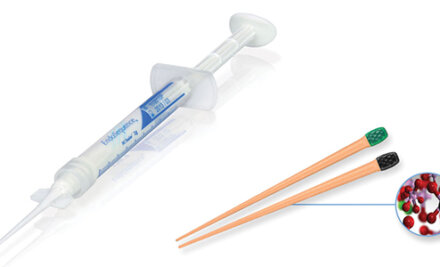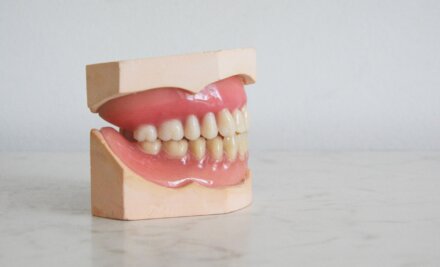Depending on the type, location, and severity of each injury, we tailor our services to serve both your short-term comfort and long-term health.
Even if you or your loved one’s dental injury seems mild, promptly receiving a thorough examination can prevent future issues. Internal trauma to the nerve and pulp of a tooth might not be immediately apparent – and without treatment, can result in the tooth dying many weeks (or even years) later.
Also, you can take a proactive step to protect your neighboring teeth, which can suffer additional, unnoticed injuries that only an in-depth dental exam will reveal.
Send us a message or call (424) 341-3028 for emergency dental care that joins allopathy and naturopathy.
Traumatic Dental Injuries
FAQs
We would rather meet you under better circumstances, but we certainly understand that sometimes patients come to us in severe pain or with an emergency dental trauma, such as a dislodged or knocked-out tooth. Rest assured, we will do our best to provide the urgent assistance you need in an appropriate time frame.
At Integrative Endodontics, our doctors’ specialized knowledge and skill in treating dental trauma includes pediatric dentistry. We help children save their natural teeth and developing roots.
Chipped or dislodged primary (i.e., baby) teeth are usually aesthetically restored or left untreated, depending on the circumstances. However, injuries to immature permanent teeth require special attention. Thankfully, an immature tooth has a greater blood supply, making regenerative procedures more likely to be successful, though there’s no guarantee that a tooth can be saved.
If a permanent tooth is knocked out, it is vital to see an endodontist within an hour of the injury to secure the tooth. The sooner a tooth is put back, the greater the chance of success.
In the meantime, follow these instructions:
- If the tooth is muddy or dirty, you can gently rinse it in cold milk or saliva. Do not scrub it, dry it, or put it in any type of disinfectant; those steps damage the root’s delicate cells, which are needed to reattach the tooth to the gum.
- Try to gently place the tooth back in the socket, which helps prevent delicate tissues from drying out or becoming damaged.
- Hold the tooth by the crown (the white, shiny part) and not the root, which has delicate cells needed to reattach the tooth.
- Once back in, the injured person should bite gently on a handkerchief until a dental professional sees them. This will allow the tooth to be pushed back into its original position.
If you are unable to immediately put the tooth back in and see an endodontist within an hour, you must keep the tooth moist. For up to 24 hours after an accident, if the tooth is treated properly, a dental professional may be able to successfully reattach it to the gum. Put the tooth in a cup of milk or Hanks’ Balanced Salt Solution (HBSS), or the injured person should keep the tooth between their cheek and their gum. Do not put the tooth in plain water, as it could damage the root cells.
More information and detailed instructions on what to do if a tooth is knocked out or dislodged, via the American Association of Endodontists:
Whenever engaging in activities that could result in a dental injury, such as sports, we recommend wearing a mouthguard that fits properly.
First of all, schedule an initial examination to evaluate the area and check the vitality of your tooth right away.
Then, a few weeks later, ensure your dental practitioner examines your injured tooth again, verifying the tooth is healthy and alive. When the tooth experiences trauma, the tooth nerve may quietly die, and you or your dentist might not notice this until months or years later, when an obvious issue appears, such as discoloration.
Be sure to watch the tooth for any signs of discoloration, as a traumatized tooth may turn gray, pink, or yellow if an issue is developing. Learn about tooth resorption.
Keep an eye on the injured area and monitor the health of gums, both above/under and around the tooth. Any swelling or bumps on the gums could be a sign of an underlying infection.
Reach out to our office if you believe you need an evaluation, including inspecting for microscopic cracks in your teeth.




